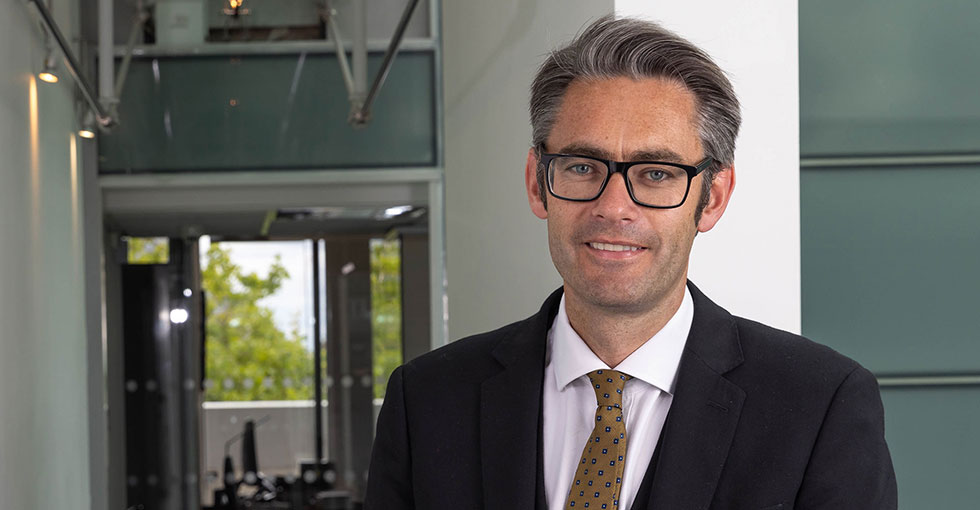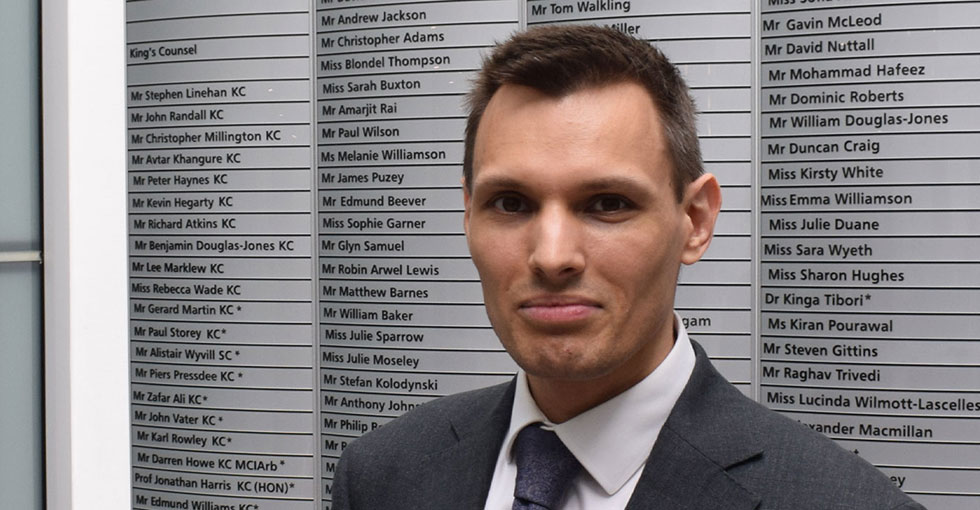As the world gradually gets back to work, there can be little doubt that the employer’s duty to provide for their employees a safe system of work, safe workplace and protective equipment must now include a requirement to risk assess and to take appropriate steps to address the risk of transmission of coronavirus in the workplace.
Similarly, in the healthcare context, treatment providers or care settings will see the duty of care owed towards patients and residents include a duty to take reasonable steps in light of the well-publicised dangers.
These are uncontroversial propositions. They are natural extensions of the relevant duties of care to take reasonable steps in respect of foreseeable risks.
However, breach of such a duty, for example by not providing adequate personal protective equipment to an employee or carer, will not necessarily give rise to a claim for damages.
A major hurdle that every claimant is likely to face in a personal injury employers’ liability, public liability or clinical negligence claim arising out of the pandemic is in proving causation of injury.
As personal injury and clinical negligence lawyers, we are all used to dealing with the same issue in occupational disease, travel sickness and hospital acquired infection cases. We are all familiar with the fact that apart from in the minority of exceptional cases (e.g. mesothelioma or deafness claims where apportionment is performed as between contributing potential causes) the usual rules of causation of loss apply.
Merely increasing the risk of an illness being contracted or passed on is unlikely to suffice to establish causation. It must be shown that, but for the alleged breach of duty, the claimant in question would not, on balance of probabilities, have acquired the illness. Alternatively, a claimant may think about whether they can demonstrate that a breach of duty made a material contribution to the development of the illness.
In this respect, Covid-19 claims are unlikely to be treated differently to other cases where it is asserted that the cause of disease, infection, illness or even death was a breach of duty giving rise to a potential liability.
A claimant must therefore consider proof of factual causation. How can they show that coronavirus was on balance of probability actually contracted at work or through a failing in healthcare provision, rather than in the community generally? Good evidence of their contact history and adherence to social distancing guidelines, together with a clear timeline, will be important. Have they been exposed to potential sources of infection in circumstances outside of the control of the defendant? Who have they been in contact with, and when? Have their contacts developed symptoms, and when?
In addition, claimants will have to meet the defendant argument that no system of prevention is perfect. Non-negligent acquisition of infection in a healthcare context is commonplace. Isolated cases of hospital acquired infections are rarely considered to be the result of shortcomings in care per se. Hospitals are full of ill people. Infections are present there. How can a claimant show that catching the illness from a care environment or a workplace was not just one of those things that happens when dealing with a highly contagious pathogen about which relatively little is known? How can this claimant’s infection be attributed to a breach of duty, rather than being an unfortunate non-negligent occurrence? Why must the finger of fault be pointed, leading to liability and to compensation?
This feeds into the final consideration on causation. A claimant must demonstrate the link between the absence of a precaution complained of and the acquisition of the illness. Again, this may not be straightforward. See for example the changing evidence and guidelines as to the effectiveness of facial coverings. Is an employer not providing masks properly held liable when WHO and government advice on the point is at times conflicting? By way of further example, a mere failure to provide expensive antibacterial hand gel in the toilets is unlikely without more to establish the causative link between a workplace and a coronavirus case.
Reasoning from other types of cases may assist on all of these issues. Depending on the specific facts, identification of clusters of infection centred around a workplace or healthcare setting could help to suggest, on balance of probability, that a failure to implement control measures caused the transmission of disease – in the same way that food poisoning or Legionella clusters support a causative link in illness claims against hotels.
Much will however depend on timing, and any steps taken upon identification of the first case in a cluster – a ‘patient zero’. As we know, one of the more dangerous features of Covid-19 infection is the latent asymptomatic period of up to 2 weeks. During this time an infected person may become a ‘silent spreader’. What steps are employers and healthcare providers reasonably expected to take to address a hard to quantify risk of an invisible threat posed by an unwitting carrier?
Ultimately, the success of Covid-19 claims is likely to turn on how well expert evidence is deployed. Epidemiological studies, research and statistics will be needed to support any argument based on the facts that the specific failing alleged against an employer or care provider ‘made the difference’.
At the moment there is a huge spectrum of conflicting research evidence and opinion. It will be a brave infectious diseases expert who supports a causation argument at court in a claim of this type, particularly when scientists are at a relatively early stage in understanding how coronavirus is transmitted in the community. Anyone professing to have all of the answers should be treated with caution.
It may therefore be prudent to hold fire on Covid-19 claims, to take the benefit of any limitation period and to assess prospects of successfully demonstrating causation when more measured expert evidence based on further experience can be deployed. This will also allow time to assess whether any avoidance or postponement of an infection is likely to have made a difference to the outcome for a claimant by preventing the most catastrophic health consequences being suffered. This will be particularly so if a vaccine or an effective treatment is identified in the coming months.
Colin Baran, St Philips Barrister.










